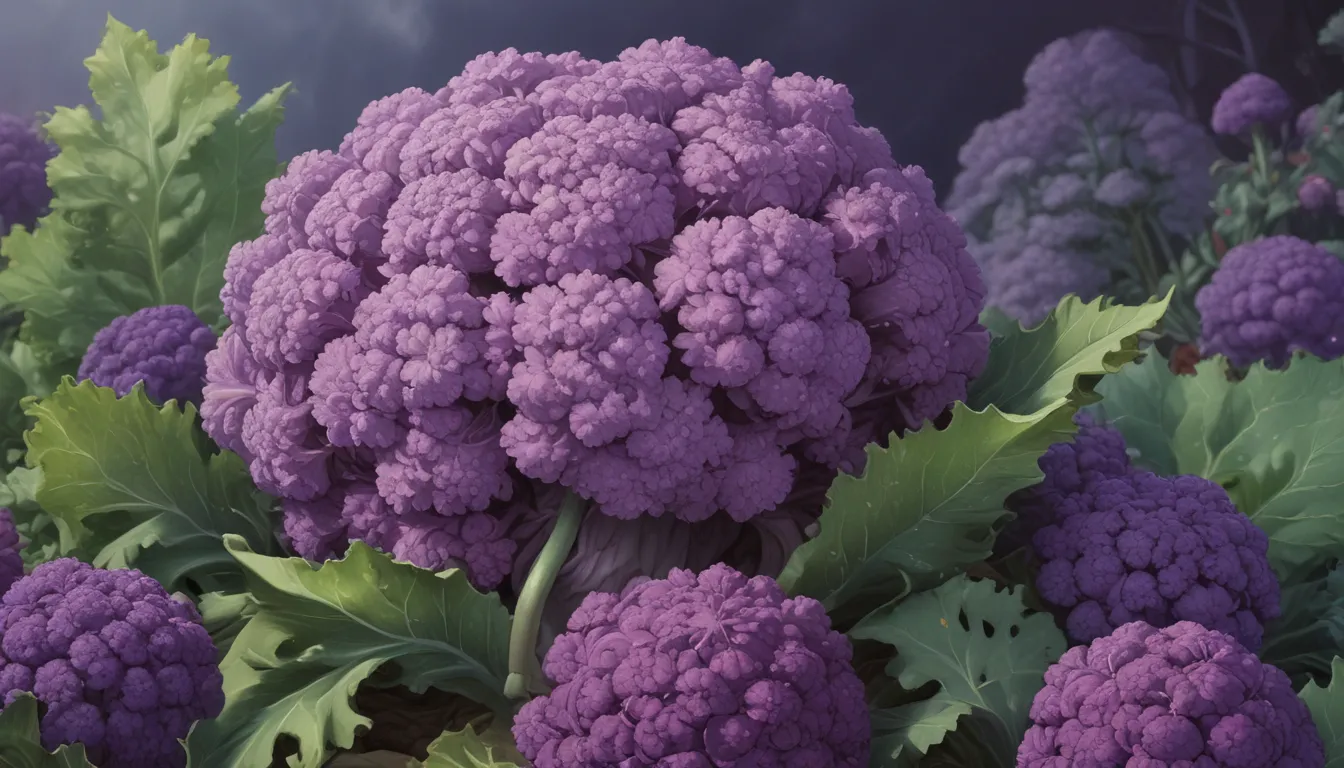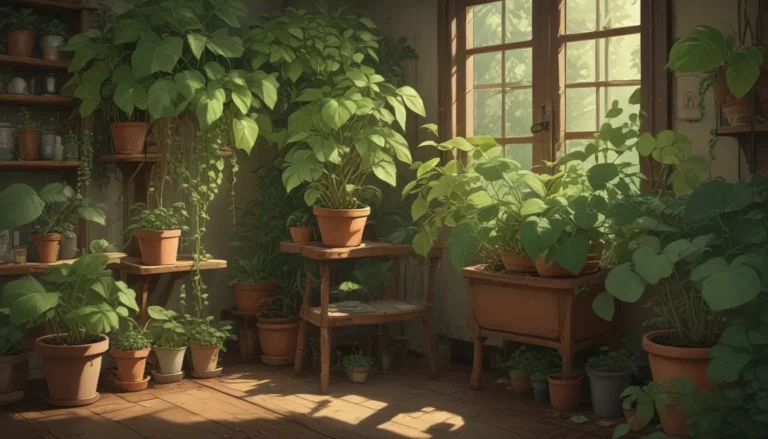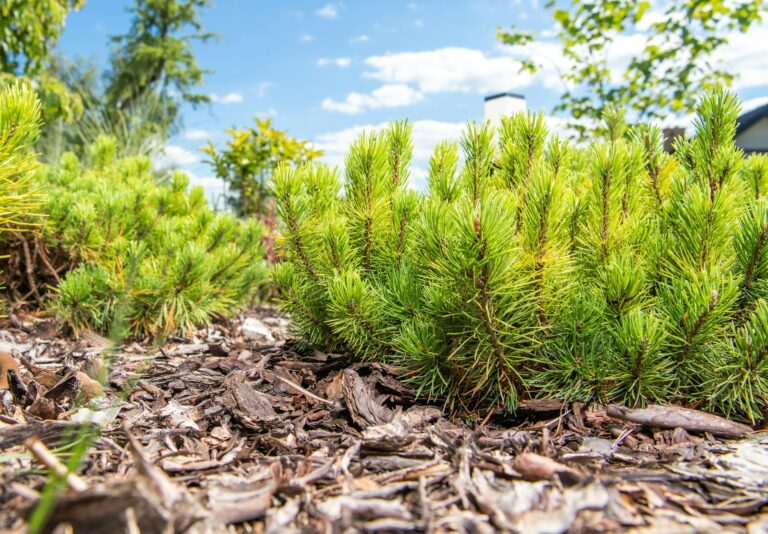Understanding Purple Cauliflower: Causes, Prevention, and Flavor

Cauliflower, a beloved cruciferous vegetable, has long been a staple in home gardens for its versatility and health benefits. While typically associated with a pristine white color, cauliflower can sometimes take on a surprising purple hue. In this in-depth guide, we will delve into the reasons behind this color change, how to prevent it, and how it affects flavor and quality.
The Curious Case of White Cauliflower Turning Purple
In the past, cauliflower was primarily known for its snowy white appearance, distinct from its green counterpart broccoli. However, in recent years, cauliflower has branched out with colorful varieties, including orange, green, and even purple cultivars. Despite this diversity, unexpected color changes can still occur in white cauliflower heads. This change may manifest as a purplish tint around the edges, on the florets’ tops, or along the stems.
Interestingly, certain white cauliflower varieties are naturally prone to developing a pinkish hue, such as ‘Snow Crown.’ This pigmentation shift does not detract from the curds’ flavor and is not considered an anomaly. On the other end of the spectrum, true purple cultivars like ‘Graffiti’ and ‘Rambo Purple’ showcase a vibrant hue due to a gene mutation and an abundance of the flavonoid anthocyanin.
However, if you are growing a white variety with no history of pigmentation change, the sudden appearance of purple may raise questions. Factors such as planting hybrid seeds or unintentional cross-pollination with other cauliflower varieties can result in unexpected color shifts. Additionally, fluctuating temperatures, particularly exposure to heatwaves, can trigger this discoloration in cauliflower curds.
Embracing Best Practices for Color Control
To maintain the desired white cauliflower heads and prevent them from turning purple, several best practices can be implemented:
-
Select Suitable Cultivars: Choose cauliflower varieties that are well-suited to your USDA Hardiness Zone to minimize color changes influenced by climatic conditions.
-
Timing is Key: Ensure that cauliflower heads mature either before the onset of summer heat or after its descent to avoid color alterations triggered by temperature spikes.
-
Temperature Management: Implement protective measures such as floating row covers to shield plants from extreme temperature fluctuations. These covers can aid in temperature moderation during cold snaps and filter direct sunlight during heatwaves.
-
Blanching Techniques: Where necessary, practice blanching to protect developing cauliflower curds from sunlight exposure. Some modern cultivars are self-blanching, but older varieties may require manual intervention to achieve the same effect.
-
Visual Inspection: Regularly inspect cauliflower heads for signs of discoloration caused by diseases such as bacterial soft rot, cauliflower mosaic virus, or powdery mildew. Promptly address these issues to prevent further spread and maintain crop health.
Assessing Edibility and Flavor Profile
When faced with cauliflower heads displaying purple tinges, evaluate their edibility based on the following criteria:
-
Minimal Coloration: If the purplish hue is a minor aesthetic change with no signs of disease or infestation, the cauliflower can typically be harvested and consumed without issue.
-
Disease Indicators: Discoloration accompanied by foul odors, mushy texture, or disease-like blemishes warrants discarding the affected portions to avoid consumption.
-
Scorched Curds: Portions of cauliflower curds scorched by direct sunlight can be trimmed away, leaving the unaffected florets suitable for consumption.
In terms of flavor, white cauliflower tends to lean towards bitterness compared to its colorful counterparts. Heat-induced color changes may intensify bitterness in cauliflower, but some individuals appreciate the slight sweetness that accompanies such alterations.
Conclusion: Celebrating the Spectrum of Cauliflower
In conclusion, the sight of cauliflower heads turning purple may be startling, but it does not necessarily indicate a problem. Embrace the rainbow of cauliflower varieties available and appreciate the unique flavors and colors they offer. By applying thoughtful cultivation practices and monitoring color shifts, home gardeners can savor a diverse harvest while maintaining the quality of their cauliflower crops.
How has your cauliflower gardening experience been? Share your stories and insights in the comments below!
For more guidance on growing cauliflower and optimizing your garden’s potential, explore our additional resources:
- 13 of the Best Cauliflower Companions
- Troubleshooting Tips: Why Is My Cauliflower Fuzzy?
- Container Gardening: How to Grow Cauliflower in Small Spaces
Remember, cultivating cauliflower is a rewarding journey filled with vibrant colors and flavors. Delight in the nuances of your cauliflower crop and experiment with different varieties to elevate your culinary creations.





